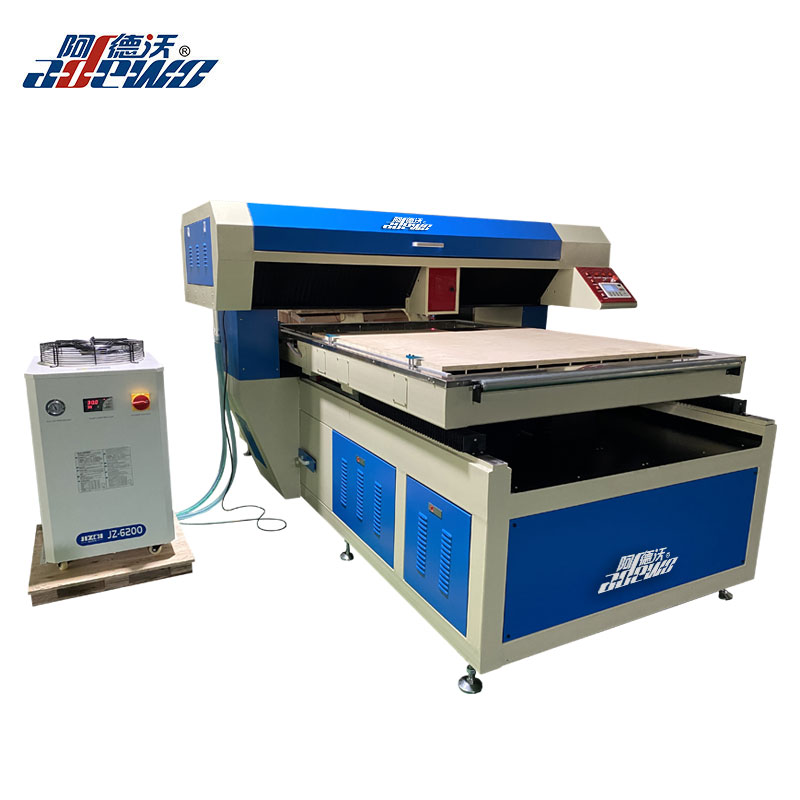Features of a laser cutting machine
2023-10-17
A laser cutting machine is a highly versatile industrial tool used to cut a wide range of materials with high precision and speed. It employs the technology of focused laser beams to perform the cutting process. The intense heat generated by the laser beam melts, burns, or vaporizes the material, leaving a clean, precise cut along the programmed path.
Key components and features of a laser cutting machine include:
1. Laser Source: The laser source generates the high-powered laser beam. Common types of lasers used in laser cutting machines include CO2 lasers and fiber lasers. CO2 lasers are typically used for non-metallic materials like wood, acrylic, and plastics, while fiber lasers are more suitable for cutting metals.
2. Laser Beam Delivery System: This system transmits the laser beam from the laser source to the cutting head, usually through fiber optics or mirrors.
3. Cutting Head: The cutting head contains focusing lenses that concentrate the laser beam to a fine point. It also includes a nozzle through which assist gas (usually nitrogen or oxygen) is directed to blow away molten material and help achieve cleaner cuts.
4. Work Bed: The work bed is the surface on which the material to be cut is placed. It allows for precise positioning and movement of the material during the cutting process.
5. CNC Control System: The laser cutting machine is controlled by a computer numerical control (CNC) system. The operator programs the desired cutting pattern, dimensions, and other parameters, and the CNC system guides the laser to follow the programmed path accurately.
6. Cooling System: Laser cutting generates a significant amount of heat, so a cooling system is employed to keep the laser source and other components at optimal temperatures.
Materials commonly cut with laser cutting machines include:
- Metals: Stainless steel, mild steel, aluminum, brass, copper, etc.
- Non-metals: Acrylic, wood, plastic, rubber, fabric, paper, leather, etc.
Applications of laser cutting machines are widespread across various industries, including manufacturing, automotive, aerospace, electronics, signage, architectural, and more. It is widely regarded for its ability to achieve intricate cuts, high productivity, and minimal material waste compared to traditional cutting methods.
As with any industrial equipment, proper training and safety measures are essential when operating a laser cutting machine.



